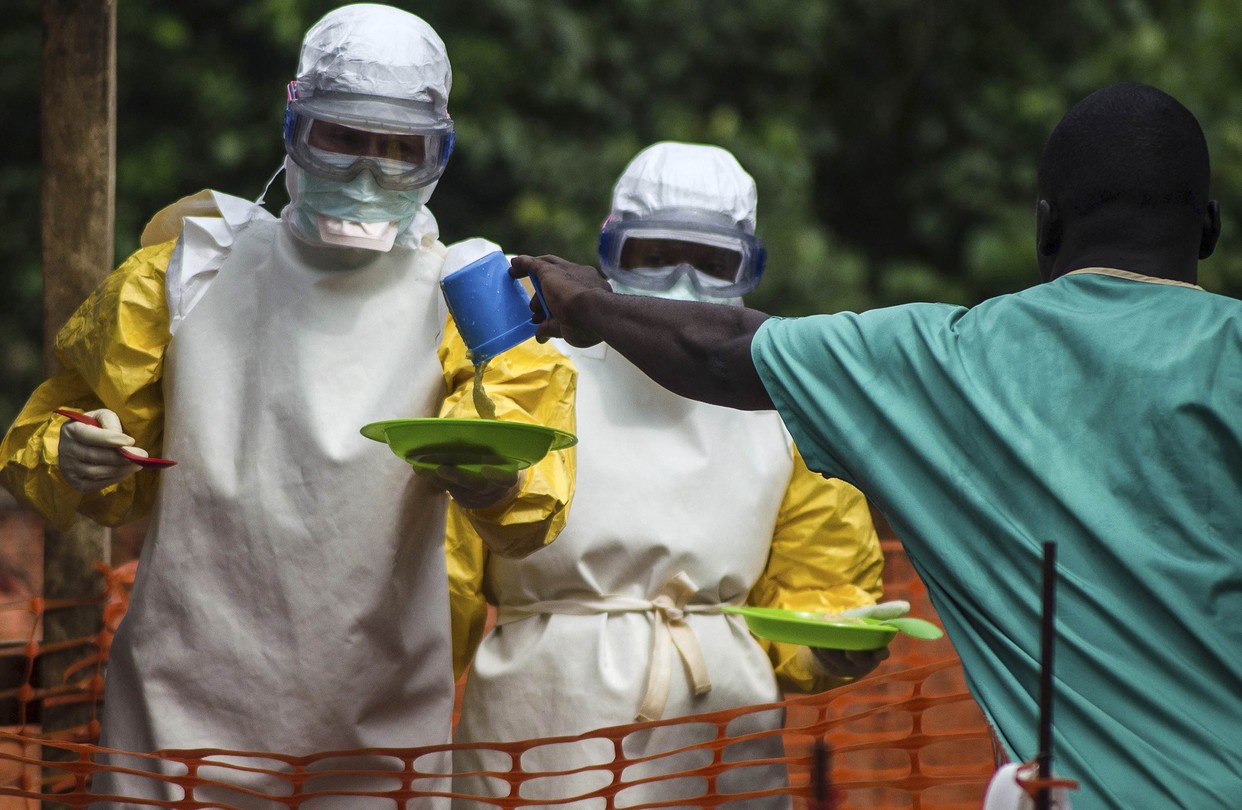An outbreak of Ebola in the Democratic Republic of Congo that began April 22 has resulted in at least one death and possibly two others, according to the World Health Organization.
The Congo Ministry of Health notified the WHO of nine suspected cases of Ebola in the Aketi territory, in the northeastern province of Bas-Uele, WHO spokesman Christian Lindmeier said. Three people with the hemorrhagic fever have died, but only one death has been confirmed by the Congo’s National Institute of Biomedical Research as resulting from the Zaire strain of Ebola.
Officials suspect that the two other deaths were also caused by the highly infectious virus, which spreads through contact with bodily fluids.
Symptoms such as fever, headache, muscle pain, fatigue, diarrhea, vomiting, abdominal pain and hemorrhaging can begin two to 21 days after exposure.
The Zaire strain of the virus is one of the most lethal. A 2007 outbreak of this strain in Congo had a fatality rate of 74%, claiming 200 lives.
There is no approved vaccine to prevent the virus, and there is no approved treatment or cure.
In 2014, more than 11,300 people were killed in the worst-ever outbreak of the virus in West Africa, most of them in Guinea, Sierra Leone and Liberia. During that outbreak, which was declared a “public health emergency of international concern” by the WHO, the Western Hemisphere also saw its first Ebola patients.
Seven Americans who had been working in Africa became infected and were transported to the United States for treatment. In addition, two American nurses were infected after caring for a Liberian man who died from the virus in the hospital where they worked.
This is the eighth epidemic of Ebola that Congo has faced since 1976.
The US Centers for Disease Control and Prevention said it has not been called in to help.
The Bas-Uele province, with a population of 900,000 in 2007, is mostly inhabited by people of the Boa tribe, who live mainly through subsistence farming and hunting and conduct some of their trade by way of the Uele River.
Read more at CNN.







